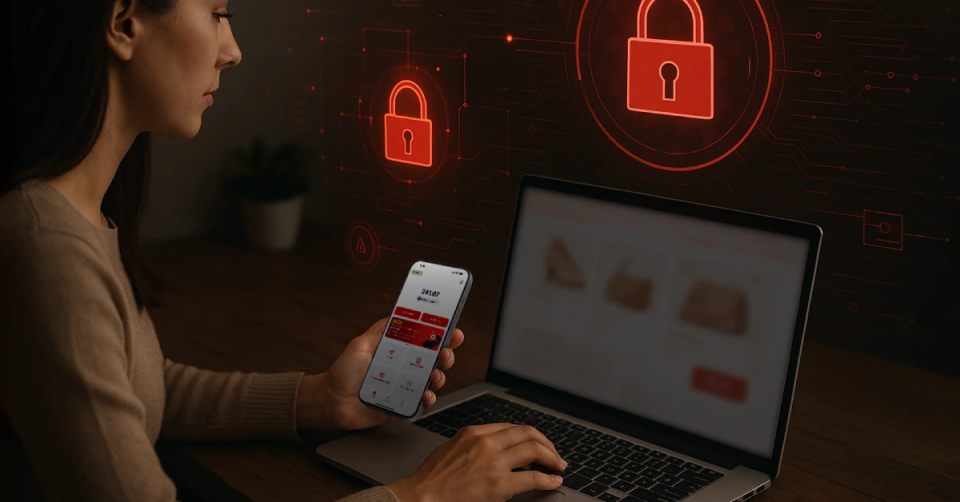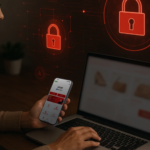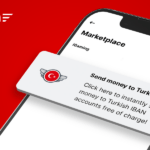
In a world where we do almost everything online – from paying bills to ordering gifts – security is no longer just a technical issue, but an everyday habit.
Online payments today are faster and easier than ever. That’s why it’s important to stay alert, recognize potential threats, and protect your finances.
Can you spot a fake payment page or a suspicious message? Here’s an overview of situations that require extra caution – and tips on how to make your online payments safer.
- Investments that sound too good to be true – double-check before you act
Sometimes an offer just sounds too good to be true. Scammers often use attractive ads, fake websites, or even fabricated interviews with celebrities to make their schemes look legitimate.
Even when it seems like “everyone’s talking about it” or “everyone’s investing,” it’s important to stay cautious – that apparent buzz or hype is often manufactured to lure more people in.
So, take a moment, verify the information, and don’t rush your decision.
Investment offers that promise low risk and high returns are usually a red flag. To protect yourself:
- Take your time – research the company, check their contact details, and look for independent information.
- Always make transactions personally, only through your own account and on platforms you access directly.
- Never share your PIN, security codes, or personal and financial information with anyone.
- Fake shopping deals – beware of “too good to miss” offers
Ads promoting products at unrealistically low prices are often traps. At first glance, they may look like a great deal – a limited-time offer, a “today only” discount, or an irresistible mystery box for just a few euros. The goal is to make you act fast, click, and share your details or complete a payment.
Behind such offers, there are often hidden costs – like automatic monthly subscriptions renewed without your clear consent, or additional charges that weren’t shown upfront.
When you come across an ad or webshop offering something that seems too good to be true, stop for a second and watch for the warning signs:
- The price looks unrealistically low – if it’s far cheaper than anywhere else, be cautious.
- There’s no clear seller information – always check contact details, payment terms, return options, reviews, and the website domain.
We recommend making payments only on official retailer websites.
- Phishing messages – small details, big risks
These messages may use the names or logos of well-known companies to look legitimate – which is exactly why you should be careful.
Fake messages often contain subtle clues: odd-looking links, unusual language, grammar mistakes, or delivery through channels like SMS, social media, or chat apps.
They’re easy to miss, especially when you’re in a hurry – and that’s what scammers count on.
They often seem urgent, asking you to “confirm,” “renew,” or “unlock” your account details.
Common examples include fake account suspension alerts, undelivered package notifications, prize or refund messages, or even messages from “family or friends” asking for help or money.
No matter how they look, the goal is the same – to trick you into revealing sensitive data, clicking a malicious link, or making a payment.
If you receive an unexpected or suspicious message, the safest thing to do is not to click on any links or open attachments. Instead, verify the information directly – for example, by visiting the sender’s official website or contacting their support team.
How to protect yourself:
- Never share login credentials, personal, or financial data via email, SMS, social media, or links.
- Verify the identity of anyone asking for personal or financial information.
- Don’t allow access through links or attachments from unverified emails or messages.
- Always pay through trusted, official, and secure platforms.
- Don’t rush into decisions!
Stay alert and stay informed.

 English
English Deutsch
Deutsch Hrvatski
Hrvatski Ελληνικά
Ελληνικά Română
Română Slovenščina
Slovenščina Čeština
Čeština Polski
Polski Slovenčina
Slovenčina Español
Español Italiano
Italiano български
български

